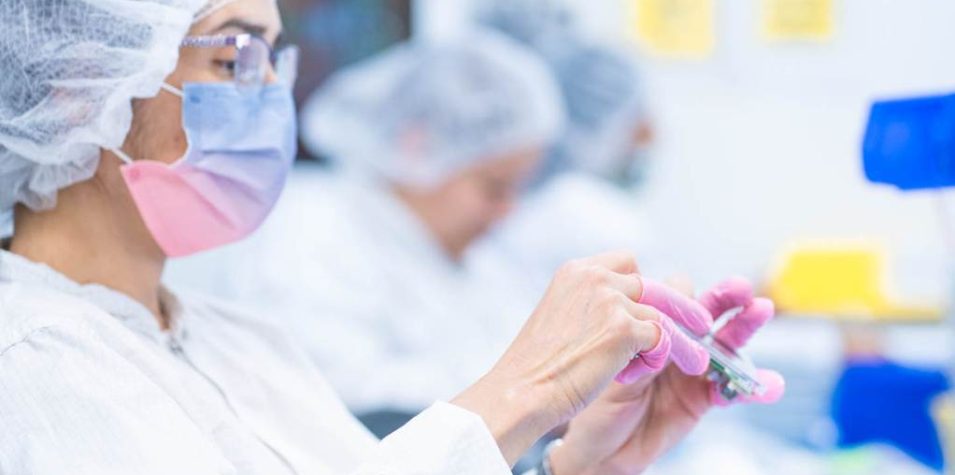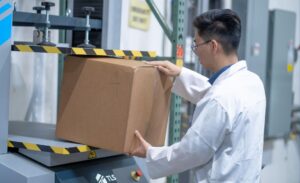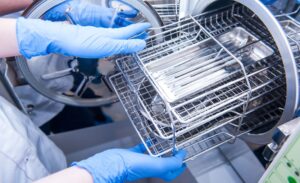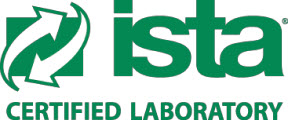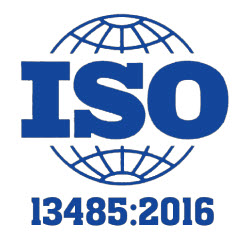Medical Product Outsourcing (MPO) Magazine tackled a rising concern in medical packaging and sterilization segments of medical device manufacturing: The need for novel solutions in times of sweeping industry changes, lack of materials, and a sharper regulatory focus on sustainability. Recent disruptive factors are tied to an escalating concern around ethylene oxide (EtO) use for terminal sterilization, material shortages, waste reduction, and environmentally friendly practices.
In an effort to better understand how manufacturers and service providers can meet these rising challenges and transform the industry for the better, MPO Magazine asked nearly a dozen experienced professionals about the problems facing the industry and anticipated solutions to resolve them. One of those experts was Life Science Outsourcing’s own Phil Littlefield, Senior Vice President and General Manager.
Clients need reliable contract manufacturer solutions
As changes sweep the medical device manufacturing landscape, contract manufacturers must evolve with the times to help clients get to market quickly. “At present, our clients are increasingly seeking comprehensive, end-to-end solutions encompassing packaging design, testing, and validation services,” Littlefield told MPO. “Additionally, they expect us to oversee supply chain management for packaging materials.” He explains that manufacturers must have a dedicated team of packaging engineers for efficiency and scalability, along with:
- An in-house machine shop for prompt tool and prototype development
- Certified on-site laboratories
- A robust network of strategic partnerships across the supply chain
The future of EtO for medical device sterilization
The latest U.S. EPA regulations have created capacity constraints in EtO sterilization, exacerbated by subsequent high-volume sterilization facility closures. Medical device companies scrambled to identify alternate contract manufacturers and utilize solutions such as small-batch sterilization or just-in-time quantities. These approaches enabled manufacturers to maintain a reliable sterilization process while adapting to more efficient ways of doing things.
“A CMO must have established in-house sterilization capabilities to expedite EtO exposure turnaround and validation protocols for novel product development,” Littlefield explained. “This will help to substantially reduce lead time and complexities associated with ongoing validated sterilization services.”
As the EtO disruption continues, customers are increasingly investigating alternative sterilization methods. These can include gamma and e-beam sterilization. “With these alternate methods, it becomes essential to carefully consider package design to ensure feasibility and compatibility with the selected sterilization technique,” Littlefield said.
Supply chain disruption
Changes in the last few years created supply chain disruptions and shortages. These required manufacturers to review more options to achieve their packaging and sterilization needs. Options included:
- Qualifying secondary sources or alternate suppliers
- Assessing alternate materials
- Validating more easily accessible packaging materials
“Manufacturers had to streamline their packaging designs and components,” said Littlefield. “They had to focus on eliminating non-essential packaging elements and simplifying the supply chain complexity.”
Medical device packaging sustainability
Medical packaging and sterilization have undergone a reassessment as global concerns turn increasingly toward sustainability objectives and environmental stewardship. More manufacturers have established environmental, social and governance (ESG) organizational goals as a result and endeavored to decrease their environmental footprint. New solutions were crafted out of necessity and conservation efforts. Some of these included enhanced package design and durability innovations that can minimize material usage and waste.
“Suppliers are investigating novel materials and polymers, such as bio-based materials, as an alternative to petroleum-based materials,” Littlefield said. Outer packaging materials have also undergone a transformation – outer packaging materials such as non-contact corrugated materials can be sourced from recyclable content or alternative, more sustainable materials. “The initial packaging phase presents an optimal opportunity to incorporate sustainability into medical device packaging.”
Looking ahead
Adaptability and innovation in the medical device manufacturing industry, especially around packaging and sterilization, is a necessity to successfully move forward. Collaborative efforts between manufacturers, suppliers, and regulatory bodies are crucial in addressing supply chain and sustainability challenges. Surprise obstacles are to be expected in medical device packaging and sterilization; however, innovative solutions from service providers can help to overcome them. As always, the primary objective should be to maintain the highest standards of quality and accelerating the delivery of cutting-edge products to the market.
Looking for more information on medical device sterilization? Read Which Materials and Medical Devices Are Best For Ethylene Oxide (EtO) Sterilization?
Start up. Speed up. Scale up. Founded in 1997, Life Sciences Outsourcing is an FDA-registered and ISO 13485-certified organization with services and capabilities spanning the entire medical device product life-cycle – from turnkey manufacturing, testing, validation, and sterilization to precision packaging, fulfillment, and distribution. Email us at info@lso-inc.com or call (714) 672-1090 today to get started.

